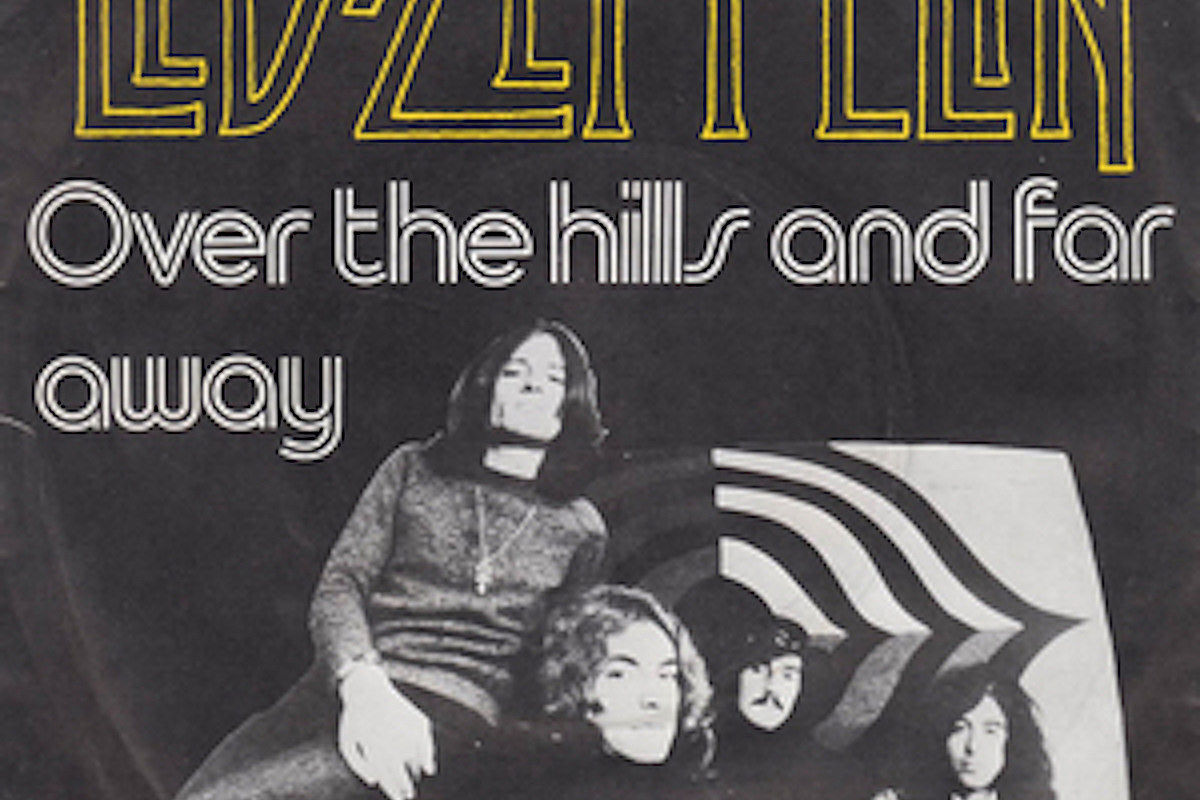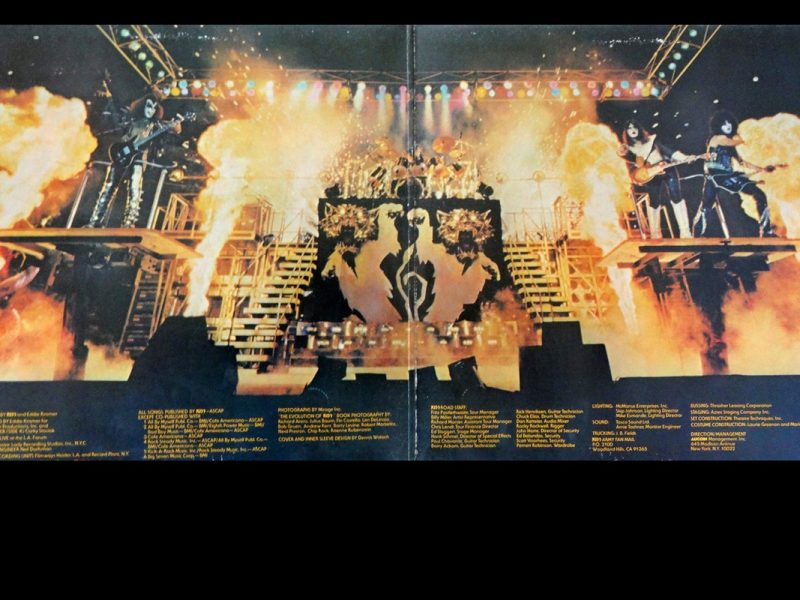Led Zeppelin was fine-tuning “Over the Hills and Far Away” at live concerts through 1972, long before it appeared on Houses of the Holy.
The creation of the song began even earlier than that, at the Bron-Yr-Aur cottage in Wales. Robert Plant and Jimmy Page holed up there in 1970 after a particularly exhausting tour of North America. There was no running water or electricity, only a clean slate to write new material, a chance to begin anew as their critical and commercial success built around them.
“We’d been working solidly right up to that point. Even recordings were done on the road,” Page told Uncut in 2009. “We had this time off and Robert suggested the cottage. I certainly hadn’t been to that area of Wales. So we took our guitars down there and played a few bits and pieces. This wonderful countryside, panoramic views and having the guitars. … It was just an automatic thing to be playing, and we started writing.”
Despite having been in a band with him for two years, this was “the first time I really came to know Robert,” Page admitted in the liner notes to 1993’s The Complete Studio Recordings. He said they were “actually living together at Bron-Yr-Aur, as opposed to occupying nearby hotel rooms. The songs took us into areas that changed the band, and it established a standard of traveling for inspiration – which is the best thing a musician can do.”
Listen to Led Zeppelin’s ‘Over the Hills and Far Away’
Much of what Plant and Page penned at Bron-Yr-Aur would wind up on Led Zeppelin III, but not everything.
A wistful, Celtic-tinged tune initially titled “Many Many Times” began to take shape at the cottage before eventually morphing into “Over the Hills and Far Away.” (The title was borrowed from a traditional British song dating back to at least the 17th century.) Led Zeppelin recorded the track in 1972 using the Rolling Stones’ mobile studio, which was parked on location at Mick Jagger’s English estate, Stargroves.
“The sound in the place wasn’t as good recording-wise” as at Headley Grange, the other site where portions of Houses of the Holy were put to tape, Page admitted in 2021’s Led Zeppelin: The Biography. Engineer Eddie Kramer later described a rather haphazard recording situation: “I remember putting a Fender amp in the fireplace and putting a mic in there,” he said, while John Paul Jones’ “bass was in another room. Everybody’s gear was in a different room.”
Watch Led Zeppelin Perform ‘Over the Hills and Far Away’ Live in 1973
It worked, though. “The rhythm section on [‘Over the Hills and Far Away’] is exceptional,” Jones said. “There are a lot of very, very tight exciting moments.” Led Zeppelin paired the song with “Dancing Days” and then made “Over the Hills and Far Away” one of the band’s few official singles on May 24, 1973. The track only reached No. 51, but the work done at Bron-Yr-Aur proved so fruitful that Page and Plant would reap its benefits for years to come.
Songs begun at the cottage like “The Crunge,” “The Rover,” “Down by the Seaside” and “Poor Tom” would find their place on later albums such as Physical Graffiti and Coda.
“At Bron-Yr-Aur, I think I finally realized I was part of something, a contributor,” Plant told Uncut in 2014. “It had really good legs. It was going somewhere and we were able to move through the spheres. Around us, a lot of people got a groove and stuck with it, so the idea of creating different shades and colors seemed to me to be very fortuitous. Getting back, getting your fingers into the ground and the soil again – touch the earth, ho, ho – but seriously so, you know?”
Top 10 ‘Leftovers’ Albums
Odds-and-ends projects are often overlooked but in time some of them have come to be valued – and in some cases, essential – parts of these artists’ catalogs.
Denis Leary Doesn’t Understand Why Led Zeppelin Won’t Reunite



